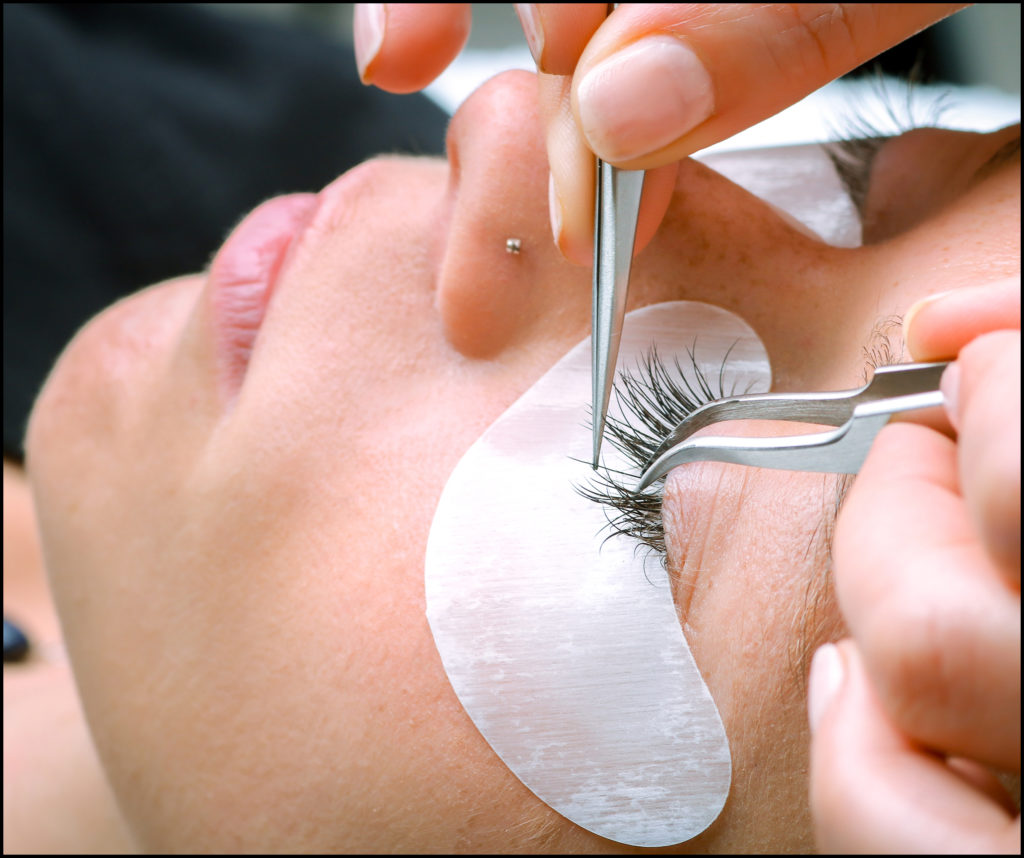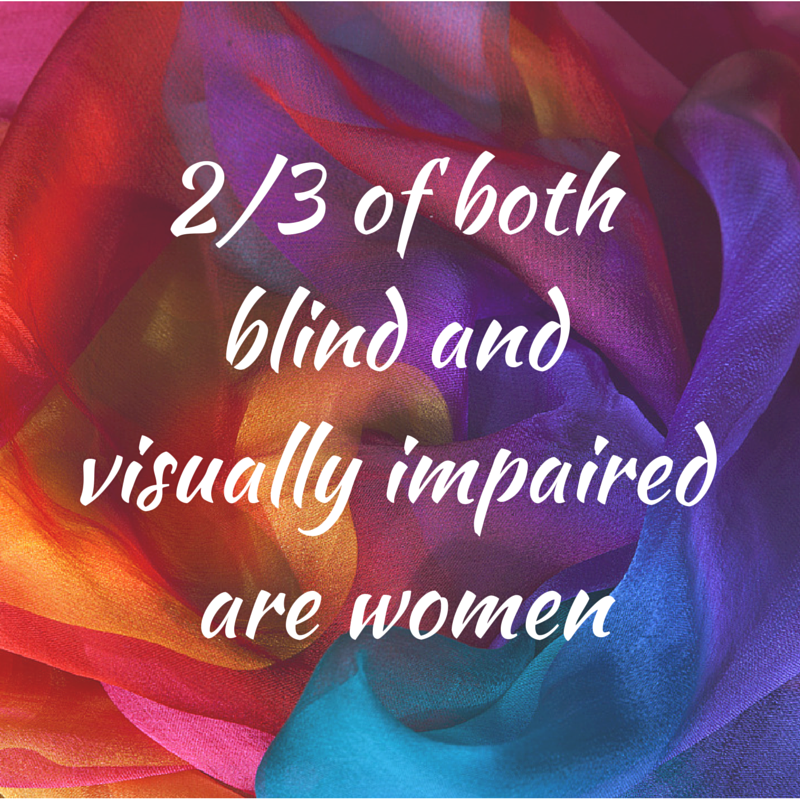
What You Should Know Before Heading To The Salon.
Eyelash extensions are individual lashes, made of a synthetic fiber such as nylon, which a professional aesthetician glues one by one to each of your top lashes. Using long, pointed tweezers, the tech brushes a single synthetic lash in a dab of adhesive. With another pair of tweezers, she separates the natural  lashes to isolate just one. Then the synthetic lash is placed on the natural lash, holding it for a few seconds while the glue bonds. The tech repeats the process, one lash at a time, attaching 40 to 100 lashes per eye. The tech will use several lengths of lashes, attaching the longest artificial lashes to your longest natural lashes.
lashes to isolate just one. Then the synthetic lash is placed on the natural lash, holding it for a few seconds while the glue bonds. The tech repeats the process, one lash at a time, attaching 40 to 100 lashes per eye. The tech will use several lengths of lashes, attaching the longest artificial lashes to your longest natural lashes.
The expected outcome is a dramatic, lush look, so some consumers are surprised when faced with side effects they hadn’t bargained for. Recently, the American Academy of Ophthalmology (AAO) has warned of these dangers associated with eyelash extensions:
- Irritation and redness.
- Inflammation and swelling.
- Infection. Extensions can trap dirt and bacteria, leading to serious infections, including pink eye.
- Allergic reaction. The glues in some lash adhesives contain formaldehyde, which can cause a severe allergic reaction over time that can result in oozing and crusting. Formaldehyde is also a known carcinogen.
- Loss of eyelashes. Yes, you can end up with bald eyes!
Why it’s important to keep eyelash extensions clean.
If eyelash extensions are not properly cleaned, problems may occur. Over time severe build-up of make-up residue, oil and/or dead skin cells can accumulate at the base of the lashes. This is severely unhygienic and in addition, clogged lash follicles can result in your natural lashes growing through weaker than they should, and you could be putting yourself at a higher risk for sensitivities and infections.
Some women do not ever remove all the residue and that can lead to a complicated problem called Demodex folliculitis.

Demodex are mites, a parasite found in the follicles of our faces, mainly, in the nose, cheeks and most especially the end of the eyelash area. So, when the lids and lash margin are not being cleaned on a regular basis and when the hygiene is not being maintained, over time those mites can overpopulate and symptoms can be severe. Your eyelashes basically become somewhat of a feast of dirt and oils for these mites. This could lead to a situation where too many eyelash mites are eating off a single follicle. Not only will this infect your eyes but it can cause a severe loss of eyelashes.
Here are some tips on how to keep your lash extensions clean:
- Remove all eye-makeup using an oil and glycol-free makeup remover. If taking off eyeliner, use a cotton tip dipped in remover and wipe it across your lid, or away from the lid. Never towards the base of the extensions. Don’t use cotton balls or pads as they will catch on the base of the extensions.
- If you are wearing heavy foundation, remove this too before washing eyes, using your cleanser (preferably an oil free cleanser) but AVOIDING the eye area.
- Wet your eyes with cool water. Take a very, small amount of a lash shampoo or you can use tear-free baby shampoo and lather it up on your palm. Close your eyes and apply this to both eyes, one at a time. Repeat if necessary.
- Rinse off shampoo and dab your eyes gently dry.
- Use your lash wand to very gently twirl through your lashes and fan them back out.
Are eyelash extensions worth it, considering the health risks?
Health should always trump beauty, especially when there are risks involved. Our advice is to avoid eyelash extensions altogether, and stick to fresh mascara or eyeliner. Although, if you feel like you have to absolutely try them, make sure you take these necessary safety precautions, recommended by the AAO.
- Research the technician and establishment where you plan to have the procedure done. Ask for their certifications and all side effects that may occur. If the aesthetician cannot answer your questions, keep shopping until you find one who can.
- Assess the salon’s environment and hygiene practices. Can you observe frequent hand washing? Are the instruments sanitized?
- Read up on each ingredient in the glue used to adhere the eyelashes. This may be what convinces you to pursue other ways of enhancing your look. Some salons won’t even offer you the package for inspection, which should be an indication to use caution.
- If you do notice signs of infection, see an ophthalmologist as soon as possible.





